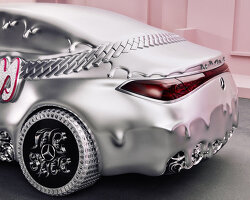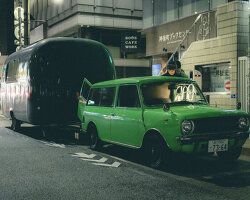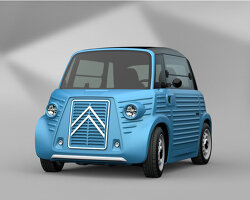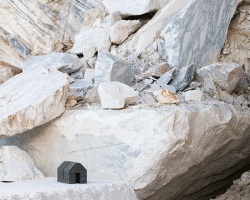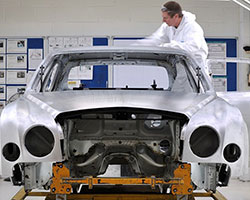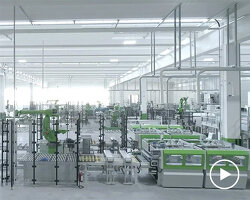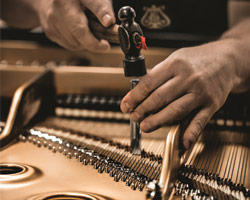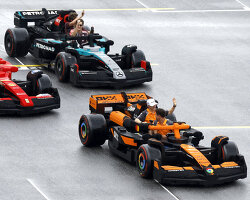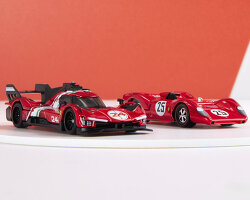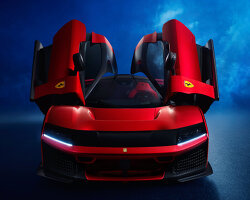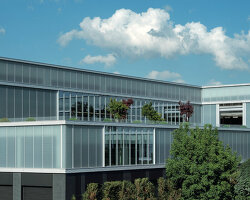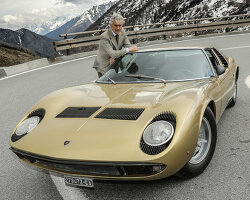KEEP UP WITH OUR DAILY AND WEEKLY NEWSLETTERS
happening now! partnering with antonio citterio, AXOR presents three bathroom concepts that are not merely places of function, but destinations in themselves — sanctuaries of style, context, and personal expression.
uncover the colorful legacy of italy's iconic train, designed by gio ponti and giulio minoletti in the '50s.
connections: +110
unveiled as well at the italian pavilion in expo 2025 osaka, the design uses fuel coming from cooking oils and animal fats.
connections: +190
discover our guide to milan design week 2025, the week in the calendar where the design world converges on the italian city.
connections: 69
'there is no real, defined space, there’s just the reflection’ – designboom speaks with Hermès artistic directors charlotte macaux perelman and alexis fabry.
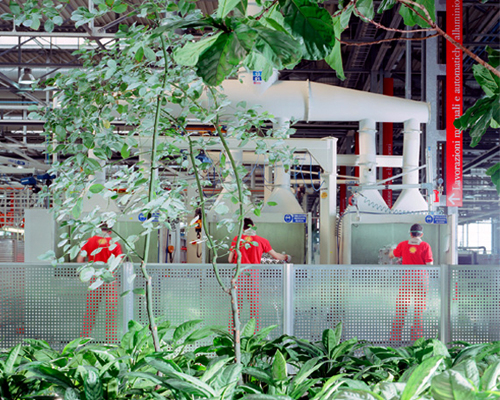
 floor map of the ‘nuova meccanica’ (‘mechanical workshop’)
floor map of the ‘nuova meccanica’ (‘mechanical workshop’)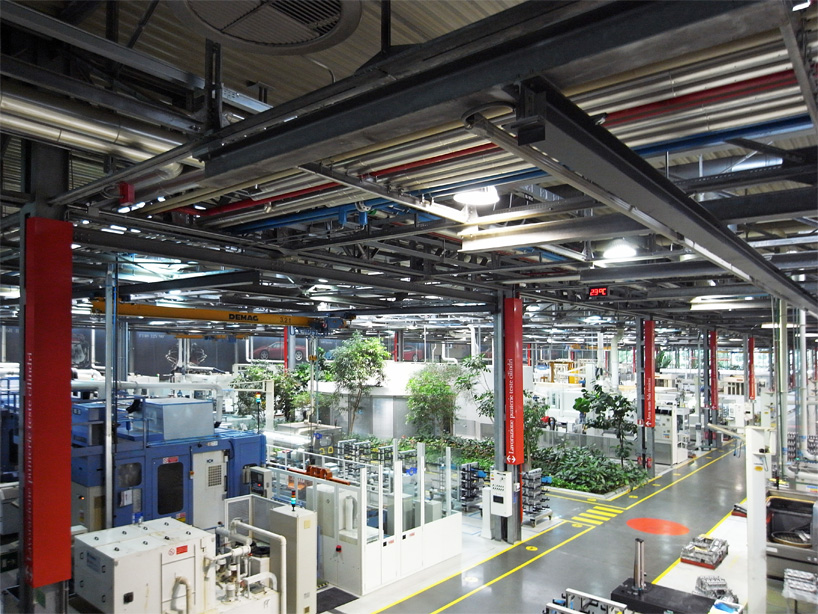 the entrance opens onto a second-floor balcony, offering a view of the factory floorimage © designboom
the entrance opens onto a second-floor balcony, offering a view of the factory floorimage © designboom automated robots temper cylinder headsimage © designboom
automated robots temper cylinder headsimage © designboom greenspaces both indoors and out temper the metal and machinery of theplant, as part of the ‘formula uomo’ initiative for employee health andcontentmentimage courtesy ferrari
greenspaces both indoors and out temper the metal and machinery of theplant, as part of the ‘formula uomo’ initiative for employee health andcontentmentimage courtesy ferrari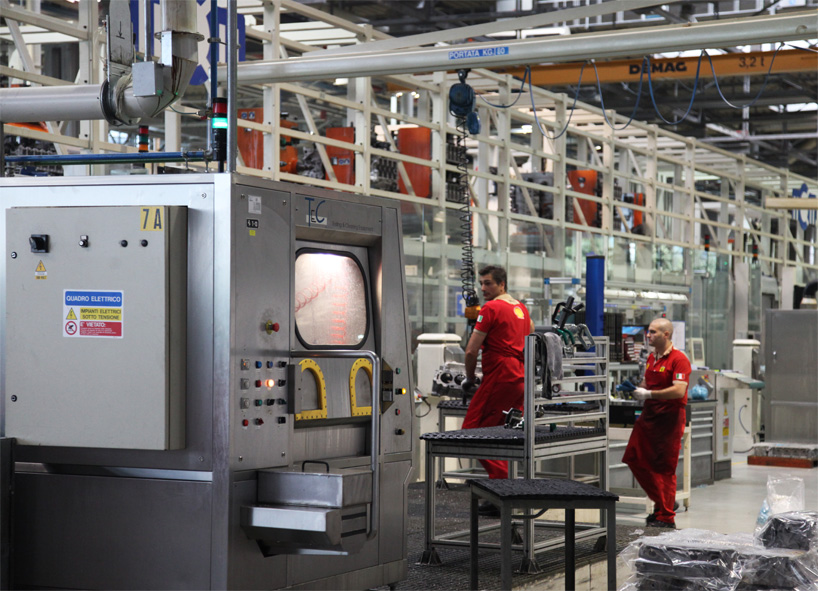 a sanitation station runs (front left) while technicians work in the distanceimage © designboom
a sanitation station runs (front left) while technicians work in the distanceimage © designboom image © designboom
image © designboom image © designboom
image © designboom testing of componentsimage © designboom
testing of componentsimage © designboom stacked cylinder headsimage © designboom
stacked cylinder headsimage © designboom gardens surround the building, and trees along the floor’s center offset the technology and high industry of the factoryimage © designboom
gardens surround the building, and trees along the floor’s center offset the technology and high industry of the factoryimage © designboom engine production machines work behind closed wallsimage © designboom
engine production machines work behind closed wallsimage © designboom cylinder headsimage © designboom
cylinder headsimage © designboom a finished engineimage © designboom
a finished engineimage © designboom ‘166 inter vignale’ (1948) in the show area of of the workshopimage © designboom
‘166 inter vignale’ (1948) in the show area of of the workshopimage © designboom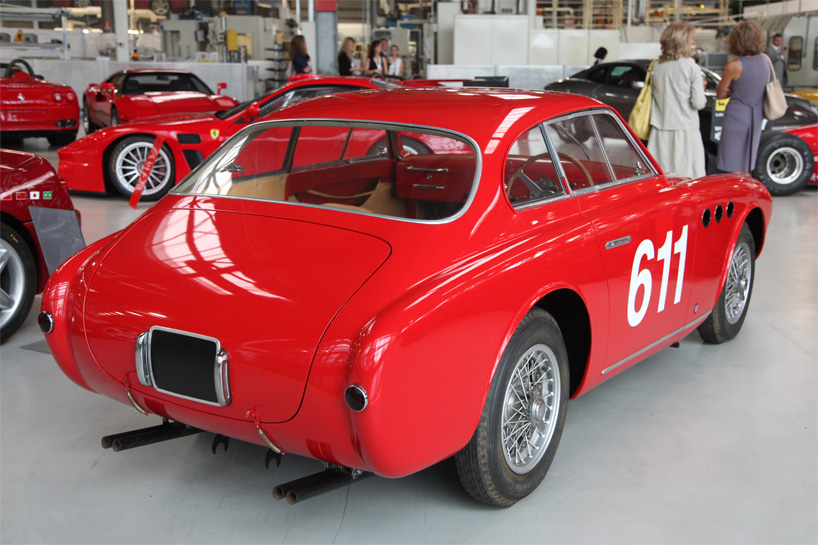 ‘166 inter vignale’ (1948)image © designboom
‘166 inter vignale’ (1948)image © designboom technology like the trigeneration plant evaporative cooler circuit, pictured above in another building on the ferrari campus, are among the ecologically sustainable initiativesferrari has undertaken in recent years – this machine simultaneously produces power, heat, and cooling, reducing carbon emissions by about 40%image courtesy ferrari
technology like the trigeneration plant evaporative cooler circuit, pictured above in another building on the ferrari campus, are among the ecologically sustainable initiativesferrari has undertaken in recent years – this machine simultaneously produces power, heat, and cooling, reducing carbon emissions by about 40%image courtesy ferrari view leaving the buildingimage © designboom
view leaving the buildingimage © designboom

